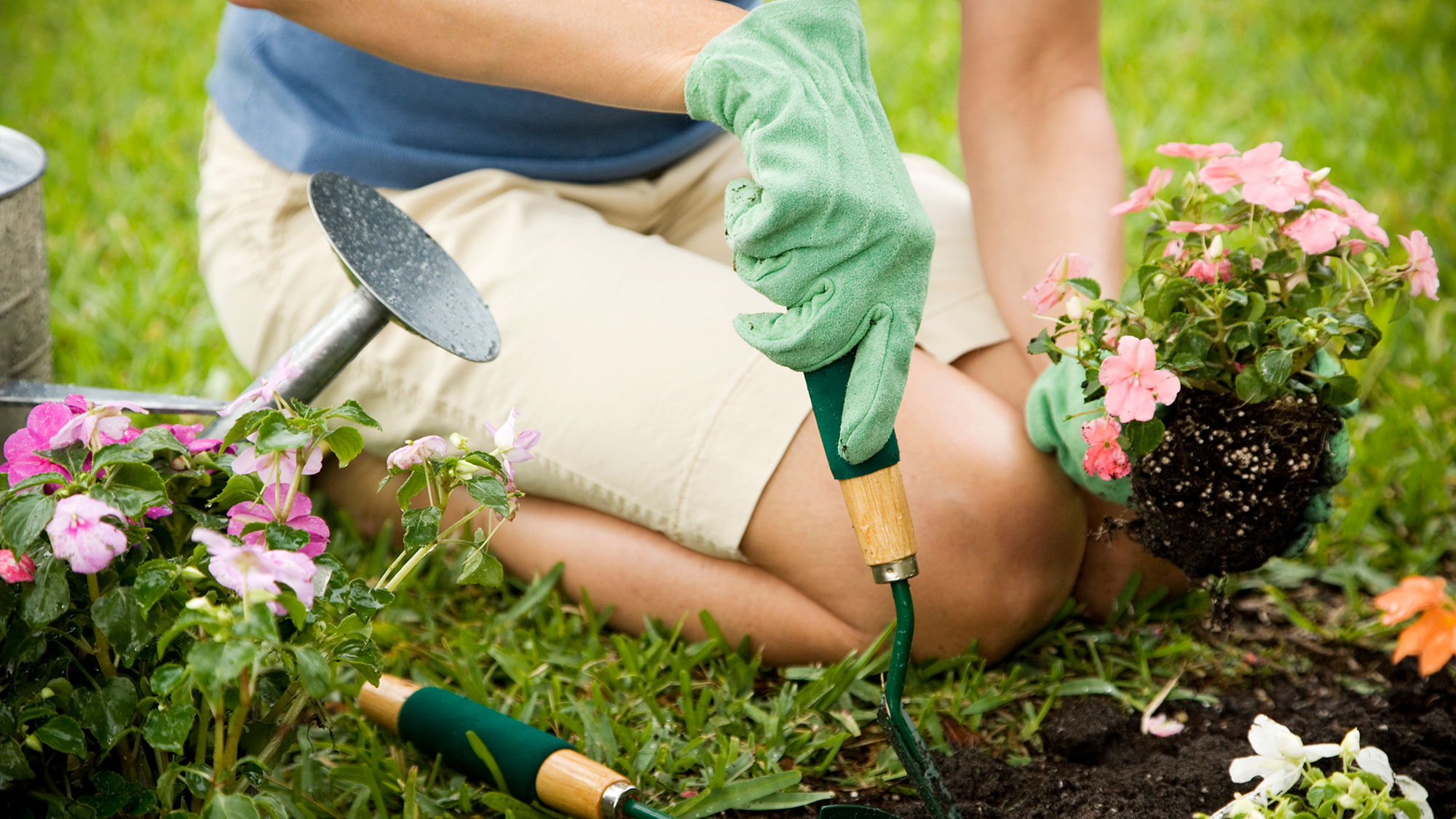What do you do with your yard gloves once you finish gardening? I’m often tempted to throw them aside and forget about them until I go out into my yard again. But, I’ve learned from experience, not to mention a few pairs of gloves, that if I take good care of them, they will not only give a better performance but they will last longer, too.A pair of the best gardening gloves are one of the essential gardening tools I recommend, and I use mine more than any other tool in my yard.
They are the first thing I grab when I head out into my yard, and I think of them as my gardening best friend. With this comes the responsibility to care for them and keep them in good condition.These garden gloves are made of nylon and nitrile and come in three sizes — small, medium and large.

They offer excellent non-slip properties, are comfortable around the wrist, breathable and machine washable. At Tom's Guide, we recommend them as the best overall gardening glove.View DealWhy you need to maintain your yard gloves(Image credit: Future)Whatever material your garden gloves are made of, they should be treated the same as any other gardening tool.
When you’ve finished using them for the day, they should be cleaned up and dried out before being stored.Rainer Schubert, managing director at Burgon and Ball, told me, “The main thing to remember is that moisture is the enemy. Always brush off the worst of any adhering dirt from your gloves after use and air dry them thoroughly before putting them away.
”The main thing to remember is that moisture is the enemyIf you don’t take the time to care for your gloves, it will reduce their durability and effectiveness, as the coating will begin to break down. You may also notice that they won’t be as comfortable to wear. What’s more, the build-up of dirt on the material can also lead to unwanted fungal and bacterial infections.
However, if, like me, you own several pairs of gloves made of different materials, you might wonder how to maintain each type. Here, I share my top tips on how to extend the life of your yard gloves, no matter what they are made of.Cotton and synthetic gloves(Image credit: Shutterstock)I wear cotton or synthetic gloves when I’m gardening more than any other kind, as I find they give me the dexterity that I need.
However, they are only suitable for lightweight tasks and the fabric won’t withstand thorns and prickles.Although they are my go-to yard gloves, I find that they get dirtier than leather or rubber gloves, as moisture and dirt worms their way into the fabric. So, to keep them clean, I always brush off any soil from the fabric before I remove them.
Then, if any dirt remains, I place my gloved hands under running water to remove the rest.I don’t pop them in the wash every time I wear them, but when they require more than the steps mentioned above, I either handwash them using a mild detergent, or run them on a cool 30° wash cycle (but ensure you check the care label first). And just like when washing other delicate items, I place them inside a mesh laundry bag before they go in the tub.
I use something similar to these Honeycomb Mesh Laundry Bags, available for $5.94 at Amazon.Once the gloves are washed, ensure you leave them to completely dry before storing them or using them again.
I’ve been known to peg them on my washing line by their fingertips to ensure water runs away from the fingertips rather than pooling inside. Schubert recommends turning them inside out if you can.Leather gloves(Image credit: Tom's Guide)You’ll find me wearing leather gloves for heavier tasks, where I want to protect my hands from abrasions and thorns.
They don’t offer me the same dexterity as cotton gloves, but they make up for this in added protection.My best advice is to remove any soil and debris with a soft brush. A soft nail brush, kept for this job alone, should do the job well.
I then, mix up some saddle soap in a bowl of water and apply the solution to the gloves with a cloth, using a circular motion to remove the dirt. The gloves can then be left to dry. Although it’s tempting to leave your leather gloves to dry out in a sunny spot, I keep mine away from direct sunlight to prevent cracking and shrinkage.
Unlike cloth gloves, leather gloves need a little more care to stop them from becoming stiff and uncomfortable. So, to replace lost oils, I apply linseed oil in circular motions, which works well as a leather conditioner.Rubber (and nitrile) gloves(Image credit: Shutterstock)Rubber gloves are the perfect choice when you need a pair of yard gloves that can protect your hands from water and chemicals.
And because of their nature they are easier to clean than cloth or leather gloves.Instead of removing any debris with a soft brush, I start by rinsing them under water, and rubbing my hands together to clean them up. Once the main dirt is removed, I finish by washing them using a mild soap or detergent mixed with water.
They can then be left to dry out thoroughly.However, to avoid damaging the rubber, avoid using harsh chemicals or high heat.Garden glove storing tipApart from waiting for my gardening gloves to dry out before I store them, I always ensure that they are kept in a dry spot.
I often keep them in my house, which is much better ventilated than my yard shed, and it helps to prevent mildew, which thrives in damp environments.More from Tom's GuideDiscover the best pruning shearsAnd how to spring clean your gardening tools — two household ingredients that really workPlus, extend the life of your pruning shears — here's how to keep them clean and sharp.
Technology

I’m a gardening expert and here’s how I keep my gloves in top condition

How I take care of my yard gloves to make them last longer.















